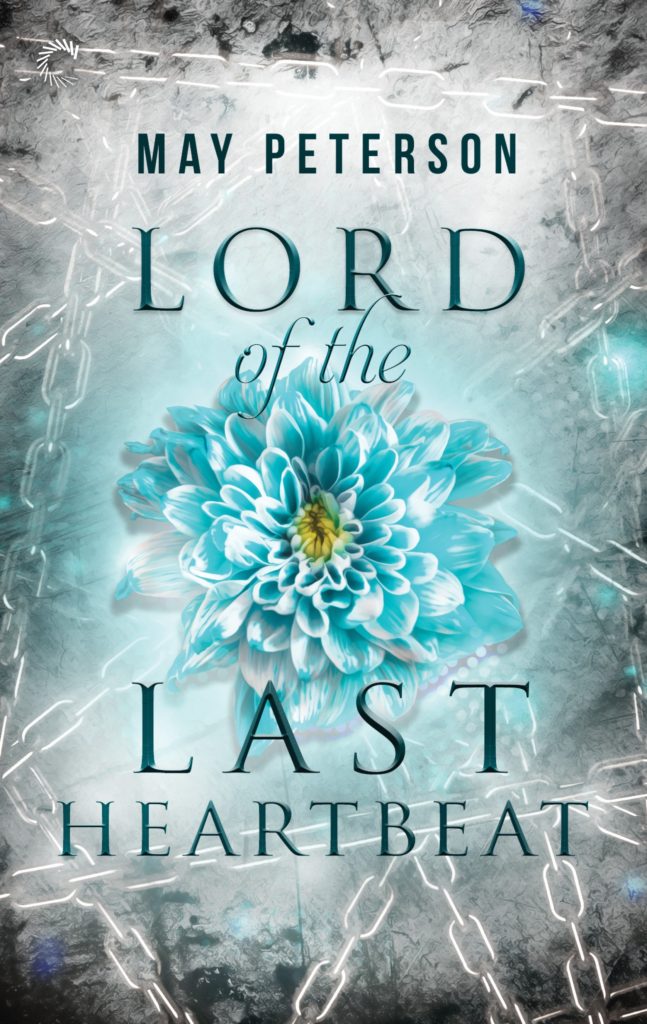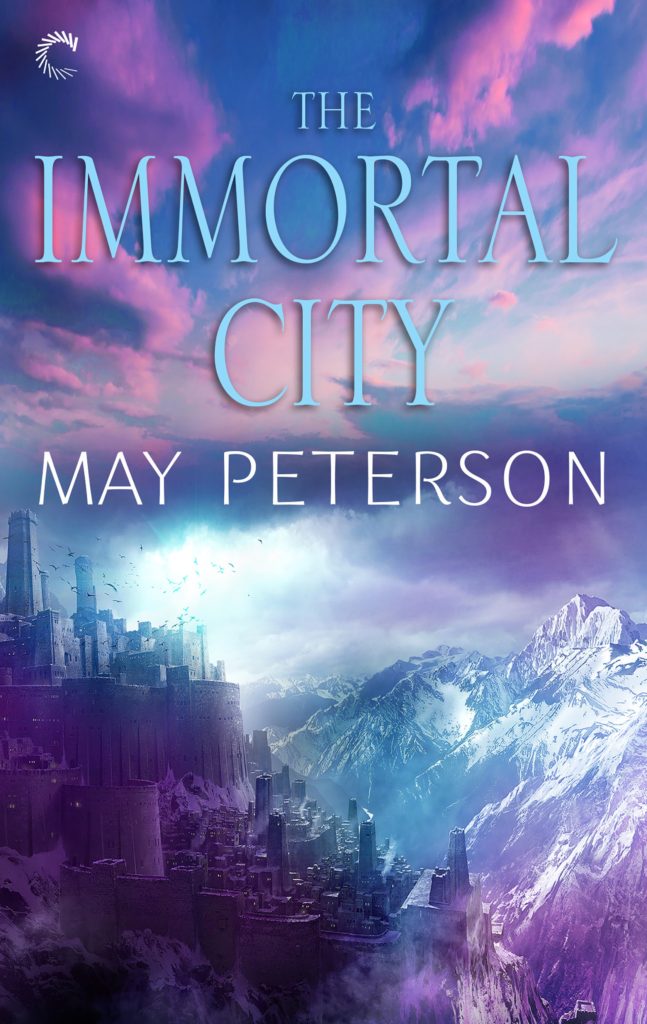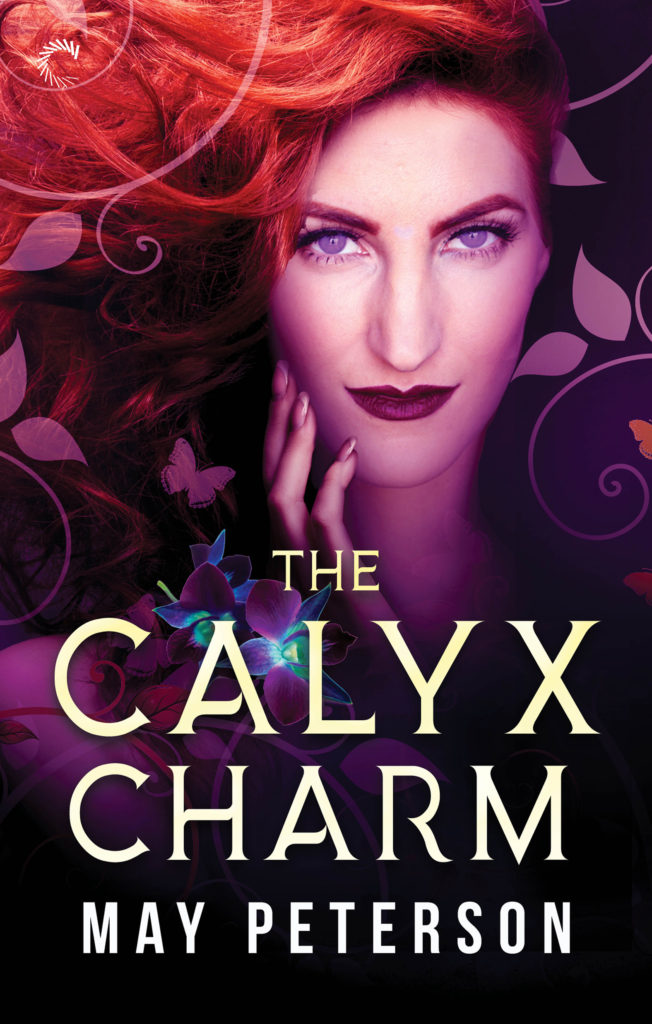Not long ago on social media a reader asked whether Lord of the Last Heartbeat could be considered paranormal romance.
It’s categorized as high fantasy romance (and sometimes dark fantasy, aka fantasy with aspects of horror), but for a reader to think of it as paranormal romance makes sense to me. Moon-souls overlap with shifters and vampires, familiar beings in paranormal romance. Ghosts aren’t a far way off, either.
It’s also set in a secondary world (meaning a setting that isn’t our own familiar world, or a variant of it, but a different fictional world altogether), and has magic, witches, and other features associated with high fantasy.
So which is it, and how do we know? Does it matter?
The main reason I want to talk about those very questions is not because I think there’s an objectively wrong way to think of my book, or any book. If a reader mentally files it as paranormal instead of fantasy, there is probably a good reason.
But it’s a fun question. One might even say a tantalizing question. And as we’re just coming out of October, it seems especially appropriate. So if you’d like to see me nerd out about supernatural beings and genre distinctions, read on. Especially since it might help you reflect on what constitutes your favorite genres, and why.
What’s the point of genre?
If books can be highly similar and still be different genres, what’s the point of even having genre categories in the first place? Someone who reads a lot can probably say right away: it’s about communication. Genre is a way of saying “you know that kind of book? This is like that.” And it isn’t only fellow readers who communicate this way, it’s also a method of communication between book sellers and book buyers. Genre is as much as about marketing as it is about literary distinction, if not more.
But what if one person’s ideas of paranormal is another’s idea of urban fantasy? Or what if we’re not sure what the difference is between a thriller and a mystery? Where do we draw the lines?
Genre Markers
The way most people seem to start drawing lines is by reading, and knowing by feel which books go where. I don’t know many readers, or authors, that use a strictly defined boundary between genres. It’s a good example of “you know it when you see it.”
So what do we “see”? There’s an idea I’ve found useful in answering that: something I call genre markers.
Genre markers are things you can easily know about a book without having to know about the plot. These are related to tropes, but more specific (and something can be both). A trope might be “friends to lovers,” which also tells you some things about the plot. A genre marker could just be “vampires.” The biggest piece of information this marker gives you is about the genre.
Beings of folklore seem to be strong markers of paranormal, especially if they’re from folklore that is current or recent. Werewolves, ghosts, vampires, unassuming wizards, psychics, human-like faeries or spirits: these all tend to mark the paranormal genre.
Magic, on the other hand, tends to be a stronger marker of fantasy, especially if the magic is noticeable and prominent. Witches, sorcerers, magic academies, transformation spells, etc. Mythical beings are also a major fantasy marker, particularly when those beings aren’t also common in more recent folklore. Elves are a big example is western fantasy, and dragons seem to be present in a ton of cultures. Others include spirits, deities, ogres, and giants.
Lord of the Last Heartbeat has both of these kinds of markers, so it makes sense different readers would interpret the genre differently. My thinking? The markers that stand out to you probably have to do with what markers you tend to look for the most. If paranormal romance is where you look for vampires and shifters, then a high fantasy with vampire-like shifters probably would make it feel more like a paranormal to you.
Genre Overview
Another feature of genre goes even deeper, one I like to call genre overview. Knowing the overview requires you to know a bit more about the setting and plot. Usually, a plot intro or summary (such as the back cover of a book) tends to convey the overview well.
The overview of a genre is the implicit worldview about how the story should unfold, and what the world of the story means.
Maybe the easiest example here is romance. A romance story means a romantic relationship that should end with the relationship not only still there, but stronger than before, and the people in it happier because of it. In other words, a happy ending.
This doesn’t mean people who like romance think all stories with romantic relationships need happy endings, but we understand that they need to in order to fall into the romance genre. This constitutes a genre overview.
How does this line up with paranormal and fantasy? One distinction that comes up often for me is this: paranormal stories tend toward a scientific view of the extraordinary, and fantasy tends toward a mythic view. By scientific I don’t mean necessarily in the sense of science fiction, or that the characters are particularly scientific thinkers. Rather that the superhuman and extraordinary in paranormal is usually framed in terms of being explainable (or not explainable), as phenomena occurring under a lens consistent with physical science. This might include mechanisms for the biology of vampirism, of the physics of being a ghost, or magic systems defined as inexplicable but which fit into a modern or historical world. This overview is implicit in the word “paranormal” itself: varying from the normal.
Contrast this with the more mythic view of high and epic fantasy, in which magic is usually fundamentally part of the world in a way that doesn’t need explanation. The fantastic isn’t fit into an otherwise scientific model, even as an outlier, but rather it informs the worldview from the ground up. In a mythic overview, the fantastic is the normal.
This also means that paranormal typically revolves around the primary world (the real world in which we live, or a fictional variant of it), and that fantasy is known for including secondary worlds.
Of course, this doesn’t mean that it’s always this simple. Fantasy takes place in the primary world all the time. Urban fantasy is a subgenre that seems to combine elements of high/epic fantasy with elements of paranormal. My childhood is filled with memories of urban fantasy stories that contrasted the scientific with the mythic, integrating both in the weave of the narrative overview.
Fiction encompasses a vast range of overviews and genres, too many to describe comprehensively in one blog post. The key idea is that genre overview isn’t only about the genre markers or even signature plot tropes, but about a fundamental orientation to storytelling. And as storytelling evolves and expands across the many voices that comprise it, genre and its distinctions necessarily evolve with it.
Distinctions Are About Utility
The key I want to emphasize is that what makes these differences matter is why we use them. Color is one of my favorite examples. What exactly is the difference between goldenrod, yellow-orange, and ochre? Where do you draw the line between purple, violet, plum, mauve, and similar colors?
There really is no objective line, simply waiting for us to find it. We make the line. We make the line by choosing a point and saying “here is the line.” And the reason we do so is because there is some value in drawing a line there. A context exists around that difference that takes a seemingly arbitrary line and turns it into something important to know.
I wrote Lord of the Last Heartbeat thinking of it as a high fantasy romance, and that’s what I’d call it. But some readers may find it useful to describe it as paranormal, depending on what they wish to communicate. Some of us care more about specific overviews, others more about key genre markers. But let’s remember the main point: these distinctions are about communication, not perfectly objective definitions that exist in a void.
***
May is an author, editor, and writing consultant who doesn’t mind indulging in a bit of dark magic and necromancy. She is currently taking new clients for developmental editing, line editing, sensitivity consultation, and writing consultation.
If you like this post and want to check out May’s fiction, you can check out her book page.
If you’d like to leave a tip, you can find her Ko-fi here.



